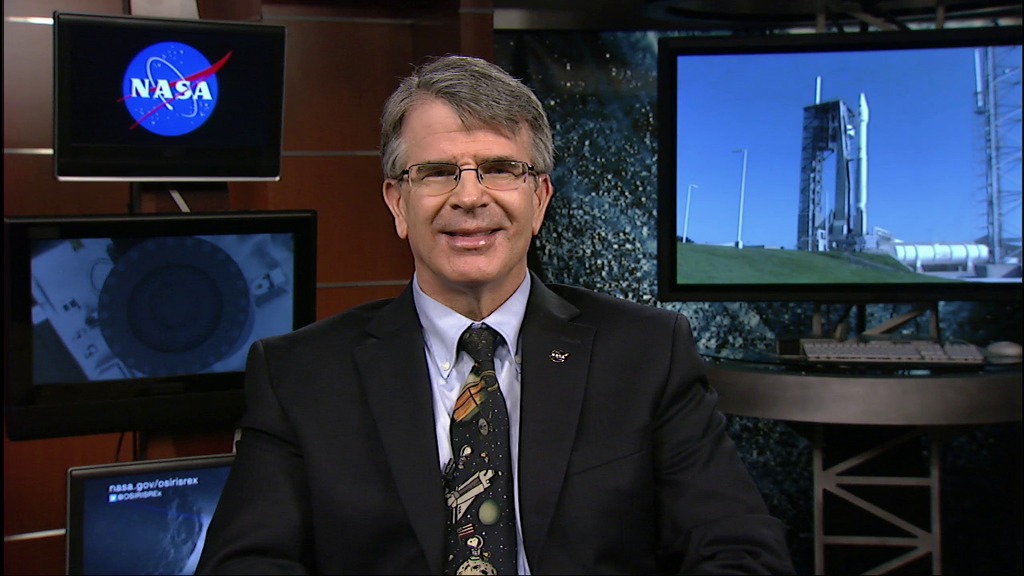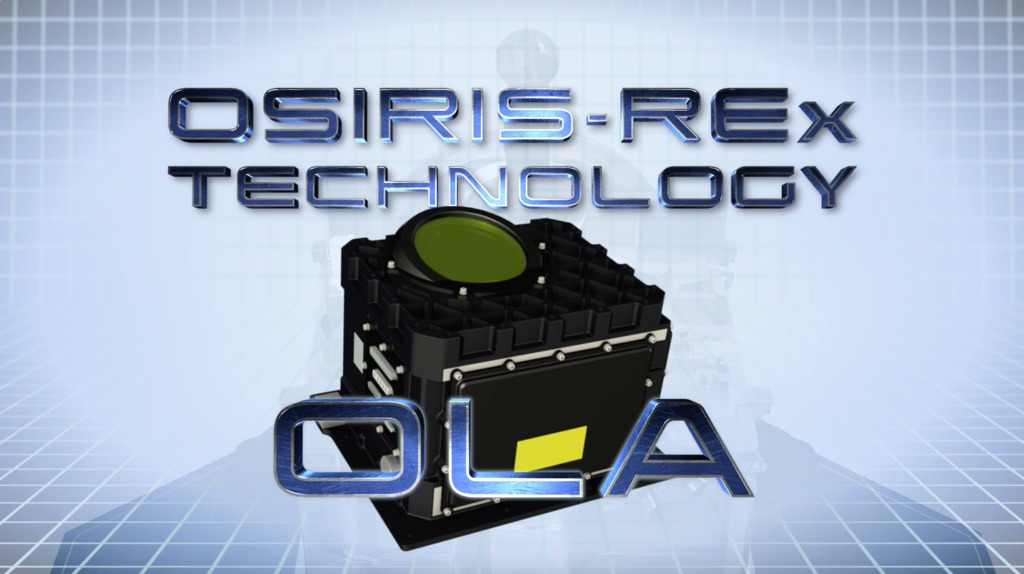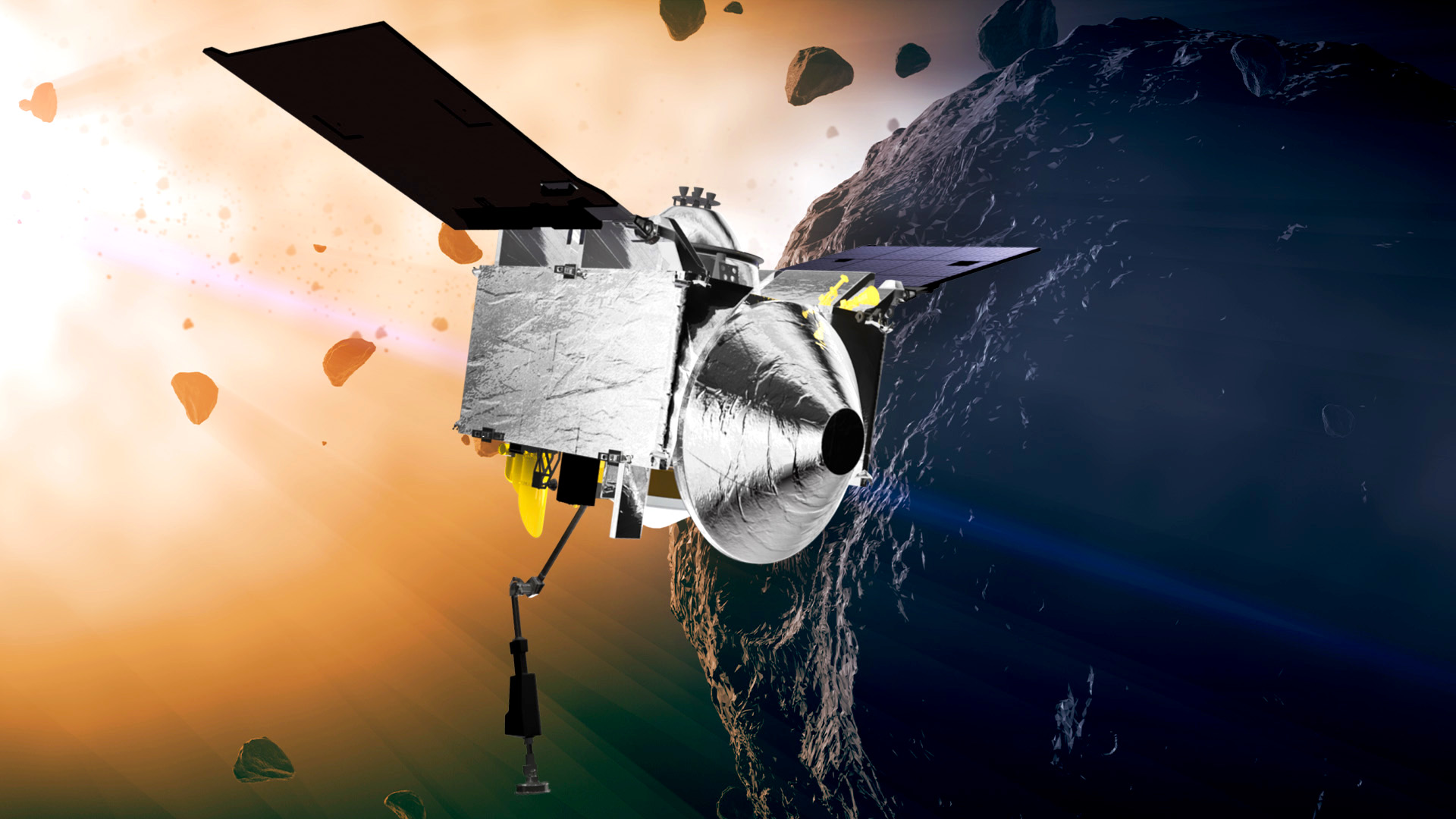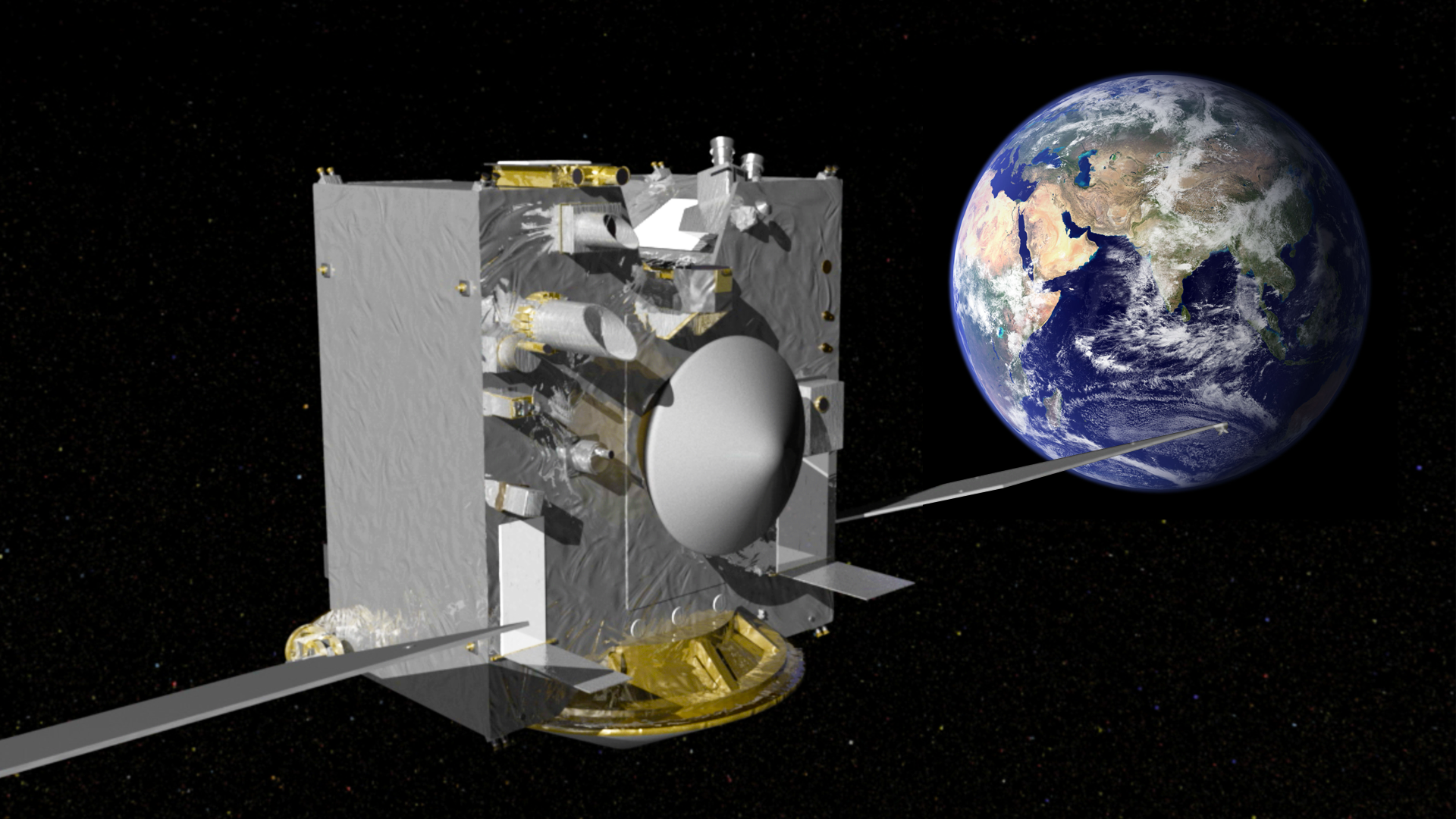OSIRIS-REx Interview Clips
This resource page contains broadcast-quality interview clips about the OSIRIS-REx mission. Clips are available for download in both Apple ProRes and H.264 versions.
Dr. Dante Lauretta - OSIRIS-REx Principal Investigator, University of Arizona
Interview from December, 2014 at the NASA Goddard Space Flight Center studio.
0:00 - Dante Lauretta Intro
0:07 - What is OSIRIS-REx?
0:23 - Why is OSIRIS-REx exciting?
0:51 - Why are asteroids considered "time capsules"?
1:49 - Why sample an asteroid instead of studying meteorites?
2:51 - Why was Bennu chosen as the target asteroid?
4:01 - What is the timeline of the OSIRIS-REx mission?
4:20 - How will OSIRIS-REx navigate in the low gravity of Bennu?
5:10 - What will OSIRIS-REx do while it's at Bennu?
6:24 - How will OSIRIS-REx select a sample site?
7:32 - How does OSIRIS-REx and TAGSAM incorporate what you've learned from past missions?
8:49 - What will happen to the sample once it's back on Earth?
9:26 - How will scientists be able to study the returned sample?
Dr. Jason Dworkin - OSIRIS-REx Project Scientist, NASA Goddard Space Flight Center
Interview from January, 2015 at the Goddard Space Flight Center Astrobiology Lab
0:00 - Jason Dworkin Intro
0:14 - What is the role of a project scientist?
0:53 - What will you learn by returning a sample from asteroid Bennu?
1:07 - How is Bennu a "time capsule"?
1:53 - Why was Bennu chosen as the target asteroid for OSIRIS-REx?
2:49 - Why look at an asteroid sample instead of meteorites?
3:48 - Why return a sample from Bennu instead of just studying it in situ?
5:03 - What does the future hold for the returned asteroid sample?
5:39 - Who will get to study the returned asteroid sample?
6:05 - How does this compare to the Apollo moon samples?
6:24 - What science will we learn from the Bennu sample?
7:21 - How does organic chemistry help us understand the origin of life?
8:31 - What does the Astrobiology Laboratory at NASA Goddard study?
8:52 - Room Tone
Dr. Tim Haltigin, OSIRIS-REx Canadian Mission Manager, Canadian Space Agency
Interview from March, 2016 at the NASA Goddard Space Flight Center studio
0:00 - Tim Haltigin Intro
0:20 - Why are asteroids important to planetary science?
0:54 - Analogy: Earth is like a cake and asteroids are like the mixing bowl
1:37 - What is OSIRIS-REx?
1:51 - What is OLA?
2:09 - What past instruments has the Canadian Space Agency contributed to NASA missions?
2:28 - Why did Canada contribute OLA to OSIRIS-REx?
2:58 - How does OLA use LIDAR?
3:43 - Why does OLA have two lasers?
4:29 - When will the OLA instrument turn on?
5:01 - What will be the resolution of OLA's map of Bennu?
5:35 - Why is it important to understand the shape of asteroid Bennu?
6:22 - What are the challenges in building an instrument for spaceflight?
7:07 - Why is it important to test your instrument?
8:08 - Why is a thermal vacuum test particularly important for OLA?
8:46 - How will OLA's shape model of Bennu compare to what we already know?
9:08 - Why is OSIRIS-REx exciting for you personally?
For More Information
See NASA.gov
Credits
Please give credit for this item to:
NASA's Goddard Space Flight Center
-
Producers
- Katrina Jackson (USRA)
- Dan Gallagher (USRA)
-
Editor
- Katrina Jackson (USRA)
-
Videographers
- John Caldwell (Advocates in Manpower Management, Inc.)
- Rob Andreoli (Advocates in Manpower Management, Inc.)
Release date
This page was originally published on Tuesday, August 23, 2016.
This page was last updated on Wednesday, May 3, 2023 at 1:48 PM EDT.
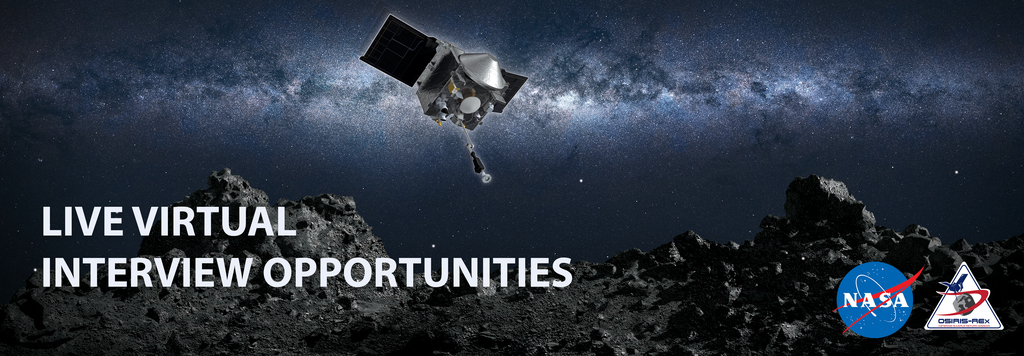
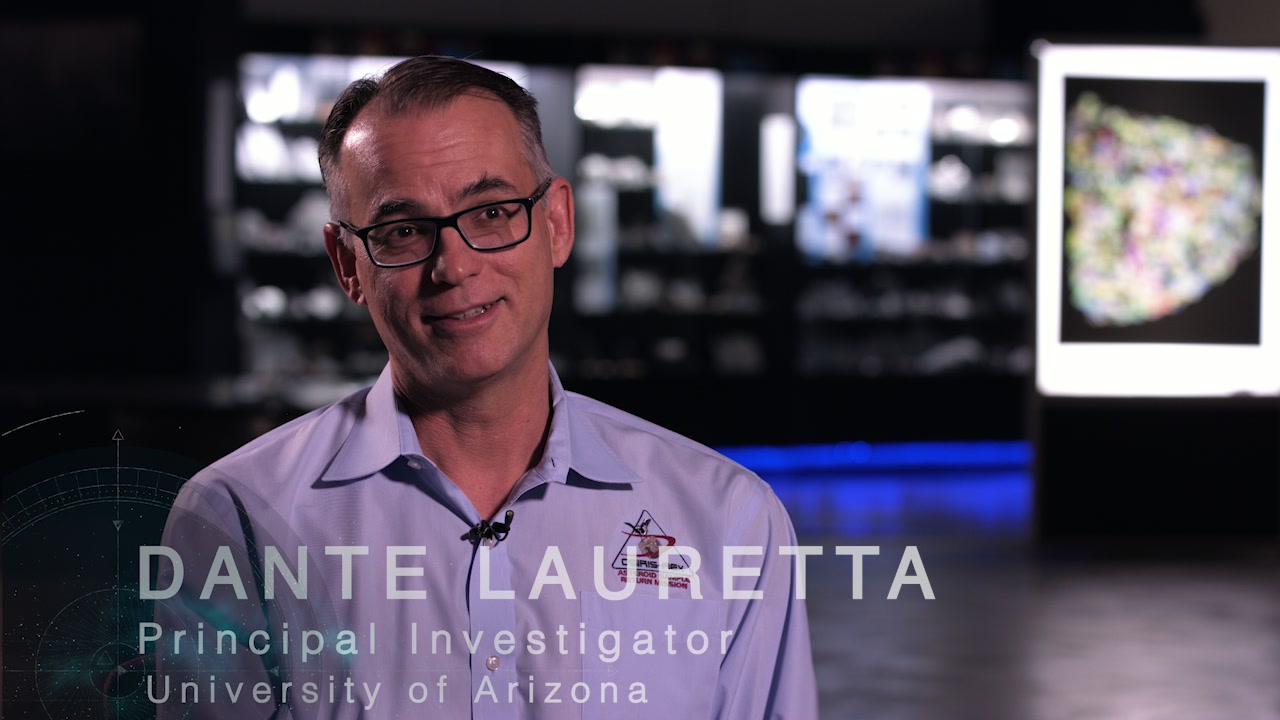
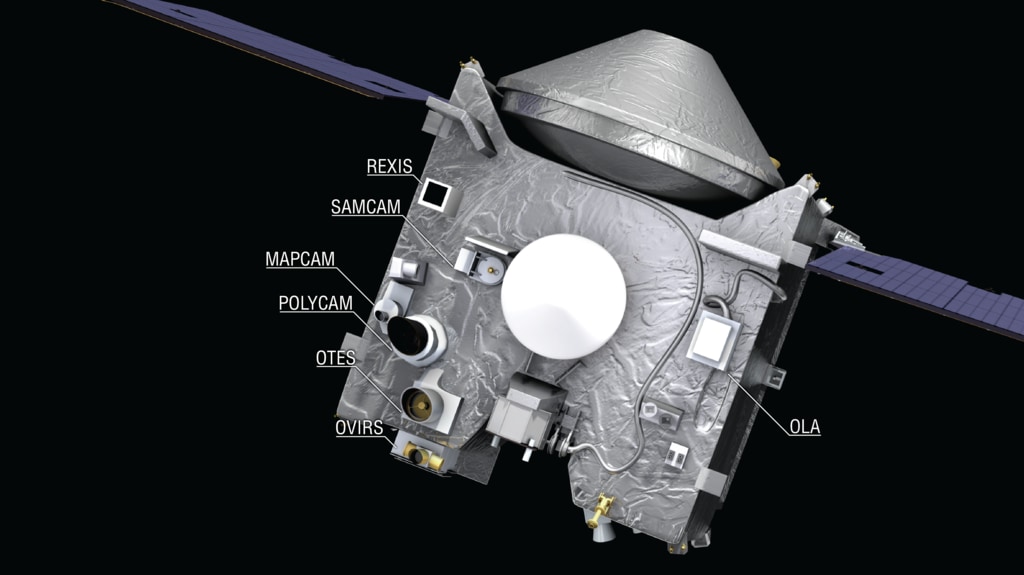
![To Bennu and BackMusic credits: "Defenders of the Earth" and "Finding Gaia" by Daniel Jay Nielson [ASCAP]; Atmosphere Music Ltd PRS; Volta Music; Killer Tracks Production Music](/vis/a010000/a012300/a012360/ToBennuAndBack_thumbnail.jpg)
